Since March 2020, federal lawmakers have passed three COVID-19 stimulus bills that provide more than $190 billion in emergency relief funding for K-12 schools. The U.S. Department of Education has created the Elementary and Secondary School Emergency Relief (ESSER) Fund to distribute this money to schools.
States receive this funding from the federal government based on the proportion that each state receives under Title 1, Part A of the Elementary and Secondary Education Act. In turn, states must distribute at least 90% of the funding to local school systems based on each district’s share of Title I funding. States can set aside 10% of the money to use for emergency educational needs related to the pandemic.
What Can ESSER Funds Be Used For?
There are three different pools of ESSER funding, each made available by a different piece of legislation:
- The Coronavirus Aid, Relief and Economic Security (CARES) Act, passed on March 27, 2020, provided $13.5 billion to the ESSER Fund
- The Coronavirus Response and Relief Supplemental Appropriations Act (CRRSA), passed on Dec. 27, 2020, provided $54.3 billion in supplemental ESSER funding, known as the ESSER II fund
- The American Rescue Plan Act, passed on March 11, 2021, provided $122.8 billion in additional ESSER funding, known as the ESSER III fund
Funds can be used to cover a wide range of expenses related to preventing, preparing for, and responding to COVID-19. These include, but are not limited to:
- Providing supplemental learning opportunities for students
- Providing mental health services and supports.
- Purchasing educational equipment, technology, cleaning supplies, and PPE
- Addressing the unique needs of disadvantaged populations
- Filling gaps of unfinished learning
- Preparing schools for reopening
- Testing, repairing, and upgrading buildings to improve air quality
Funding may be used for new purchases, as well as to reimburse school systems for pre-award costs dating back to March 13, 2020, when the national emergency was declared. School systems must use at least 20% of the ESSER III funding they receive to address student learning loss.
FAQs About ESSER Funding
How do school districts access ESSER funds?
School districts must apply to their relevant state education agency for funding. Every state must use at least 90% of its ESSER money to make subgrants to local school systems by formula based on FY 2019 Title I, Part A allocations.
What is the timeline for using ESSER funds?
States must award ESSER funding within one year of receiving it from the federal government. In turn, local school systems have until Sept. 30, 2022 to spend original ESSER funding. They have until Sept. 30, 2023 to spend ESSER II funding, and they have until Sept. 30, 2024 to spend ESSER III funding.
Are ESSER funds a supplement to a school system’s Title I, Part A grant award?
No. The ESSER Fund is a separate federal program. Although school districts receive ESSER funds via the Title I, Part A formula, these funds must be awarded and tracked separately from Title I, Part A funds. Although ESSER funds can be used for allowable Title I activities, they are not subject to Title I requirements.
Getting the Most Impact from ESSER Funding
There are many ways that school districts can choose to spend ESSER funding. Here are four high-impact strategies in particular.
1. Designing flexible learning environments
Replacing the traditional desks, tables, and chairs in classrooms with agile, modular furniture that can easily be moved around the room and configured in a variety of ways serves many purposes. For instance:
- It can help educators quickly create safe, socially distanced learning environments with minimal effort.
- It facilitates a wide range of learning modalities, allowing teachers to shift seamlessly between whole group, small group, and individual instruction. This helps teachers differentiate instruction and provide targeted intervention to offset COVID-related unfinished learning.
- It supports a broad range of learning activities, including active and collaborative learning using a variety of group sizes. Research shows that active learning is a more engaging and effective leaning strategy.
How School Specialty can help:
Using mobile and flexible furniture, such as NeoRok, NeoSync, and NeoRyde seating from Classroom Select, allows educators to create highly adaptable learning spaces that are suitable for any need or purpose.
2. Supporting students’ social-emotional needs
COVID-19 has had a profound effect on students’ social and emotional well-being, resulting in feelings of anxiety, loneliness, grief, or trauma for many students. The American Psychological Association advises that youth who have experienced TRACEs+ (Traumatic and Adverse Childhood Experiences), need school-based intervention to guide them toward resilience. During the pandemic, students who were already exposed to early childhood trauma may have increased adverse effects that need to be addressed. Even students who were not initially exposed to trauma may feel distress, anxiety, or grief after living through COVID-19.
The National Child Traumatic Stress Network has issued guidance on how educators can help students cope emotionally during the pandemic, and the American Occupational Therapy Association has put out recommendations as well. One approach is to help students learn self-regulation strategies for dealing with these emotions without becoming overwhelmed.
For instance, mindfulness exercises such as meditation, visualization, or deep breathing can help students calm themselves, so they’re more prepared to learn. Spending time in a sensory room may also help students control their emotions.
A calming sensory room offers a quiet space to regroup, which might help students manage their responses to stress or anxiety. A sensorimotor space, or “wiggle room,” provides opportunities for gross motor movement. It’s an active space where students are encouraged to move, play, and explore using a variety of sensory activities, including opportunities for vestibular input (movement), tactile input (touch), and proprioceptive input (deep touch pressure and heavy work).
While all students need to move throughout the school day, those with certain sensory processing challenges or difficulty self-regulating need to move more frequently—and research supports the idea that frequent movement might help them focus and manage their emotions more effectively, leading to better learning. Allowing students to utilize some of these strategies within the general education classroom encourages them to apply these self-regulation strategies in other settings.
How School Specialty can help:
From bubble tubes, sensory seating options, fidget tools, and snuggle wraps to bouldering boards, ball chambers and foam rolling pins, School Specialty has whatever schools need to create a calming sensory room or a wiggle room. Educators can find ideas for designing and equipping both types of sensory rooms here.
3. Cleaning and disinfecting school environments more effectively
Currently, the most popular strategies employed by schools are disinfecting surfaces with chemical sprays and using low-rated MERV filters to purify the air that people breathe. Yet, both methods have shortcomings that could put students and staff at risk.
Although the chemical sprays that schools are using are EPA-approved, they could still pose health risks, especially for individuals who have asthma, allergies, or other respiratory issues. No one really knows the long-term health effects of spraying powerful chemicals so frequently within enclosed spaces that might have poor ventilation, particularly when those spaces are used for hours at a time by children. Air filters, meanwhile, must be replaced periodically as recommended by the manufacturer. Changing them regularly requires a lot of time, money, and discipline.
To clean and disinfect learning spaces more effectively, K-12 leaders can learn a lot from hospitals and other sterile environments. These entities have been using technologies such as photocatalytic oxidation (PCO) and ultraviolet germicidal irradiation (UVGI), which involves the safe and responsible use of ultraviolet-C (UVC) light rays, to remove harmful microbials both on surfaces and in the air for years—and these techniques are proving to be effective in destroying COVID-19 as well.
How School Specialty can help:
School Specialty has partnered with select manufacturers to offer safer and more effective disinfecting options for schools. Solutions for disinfecting materials in a classroom include UVC cabinets like the UV Tech Tub from Copernicus Educational Products, which uses UVGI lamps to kill viruses and other germs in under two minutes—allowing educators to disinfect learning materials during class and between periods, so the next class of students can use them safely.
Solutions for air filtration and disinfecting of classrooms include room air purifiers and even UVC robots. For instance, the TRIO Plus Portable Air Purifier from Field Controls combines HEPA filtration, UVC lamps, and PCO air purification in a single, lightweight, portable unit that is extremely quiet. It can clean the air in a typical classroom of 775 square feet three times every hour. ADIBOT UVC robots from UBTECH use UVGI lamps mounted to a small, cart-sized apparatus to irradiate the air and surfaces within a classroom when it’s not in use. The robots can irradiate an entire classroom in less than three minutes.
Solutions for air filtration and disinfection throughout an entire school site include the Field Controls Cube and Duo line of products, which are installed within a building’s Air Handling Unit (AHU), HVAC system, and/or ventilation duct work.
4. Addressing unfinished learning with supplemental at-home learning
After a year of school closings and remote learning, more than half of public K-12 teachers said the pandemic resulted in a “significant” unfinished learning for students, according to a report by Horace Mann.
Nearly all educators—more than 97%— reported seeing some unfinished learning in their students over the past year when compared with children in prior years, and 57% estimated their students are behind by more than three months in their social emotional progress.
One method to make up for this unfinished learning is to provide supplemental at-home learning tools for students to continue their learning after school hours. This at-home support can be online learning opportunities that support summer learning. These can be in addition to in school instruction.
Activities that address the unique needs of low-income, homeless, English learners, and children in foster care are supported in this funding also. These outreach activities must address these needs.
How School Specialty can help:
School Specialty has put together a special collection of supplemental materials and activities that can support the unique needs of these learners. Educators can find ideas and resources to share with parents by age, subject, and need here. Additionally, we have educational experts available to assist you in brainstorming the best way tomeet the unique needs of your students. We can assist you both in the classroom and with at-home strategies.
A Unique Opportunity
The nearly $200 billion in federal COVID relief aid for K-12 education represents a unique opportunity for leaders to make smart investments that will have long-term impacts in their schools. As education experts committed to the success of your schools and students, School Specialty can help you invest federal funds where they matter most and will have the greatest effect.
Funding is an enormous step toward achieving safe schools and successful learning. But the next steps are just as critical—finding the right partner to connect you with the best solutions for leveraging this money effectively. Count on School Specialty to offer the resources and expertise you need as you determine how to make the most of your funding. School Specialty will work side by side with districts to help leverage funds with your district goals. We are here to help.
Student by student, need by need … together, we can turn your funding into solutions. Let’s get started today.
To learn more about how School Specialty can help with these critical decisions, contact your School Specialty representative.
Dr. Sue Ann Highland
Dr. Sue Ann Highland is the National Education Strategist for School Specialty. As an Education Strategist, she uses her expertise in educational initiatives and administrative leadership to help teachers and leaders to transform teaching and learning.
In addition to her work at School Specialty, Highland has also served as a change and improvement consultant to more than many Colorado business and educational institutions since 2004. In this capacity, she enhanced personnel performance, streamlined organizational operations and introduced process improvements that enhance productivity for companies and schools. She also has several years experience in managing a team that transforms learning environments for districts.
Highland derives her expertise from over 25 years in education, with half of those years in rural districts. She has worked as an Organizational Development Director, an elementary school principal and a school district’s Director of Federal Programs, Curriculum and Instruction. In these positions, Highland was responsible for professional development and daily management as well as for leading initiatives and evaluating staff performance and results. She specializes in improvement, turn around, and change management.
Highland received a Master of Arts in Educational Leadership and Policy Studies from the University of Northern Colorado and a Ph.D. in Industrial/ Organizational Psychology from Grand Canyon University.
Read more by Dr. Sue Ann Highland–>

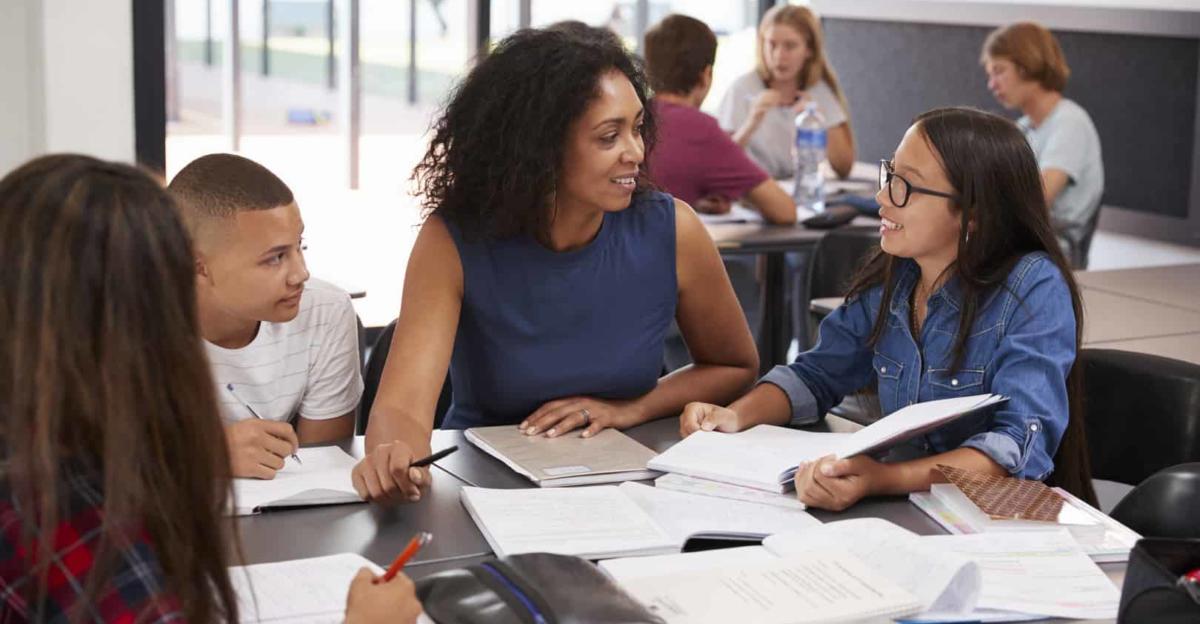
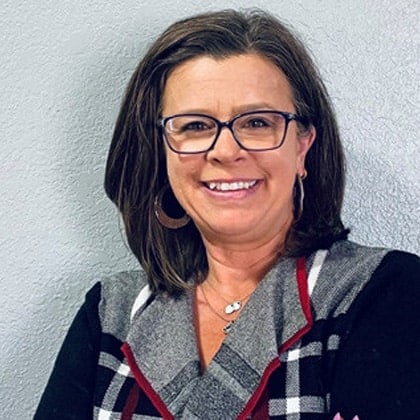
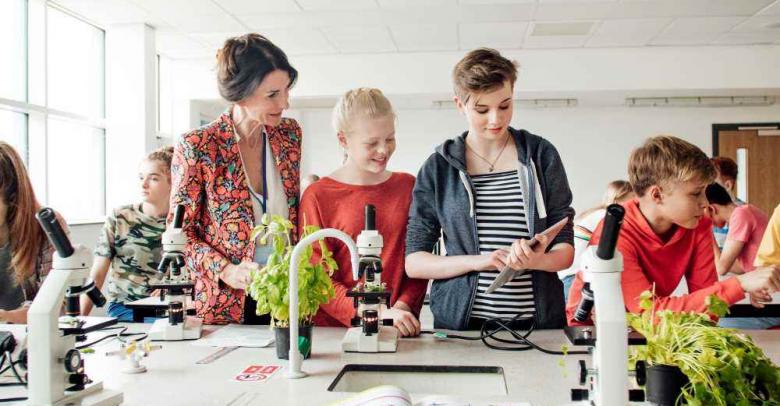
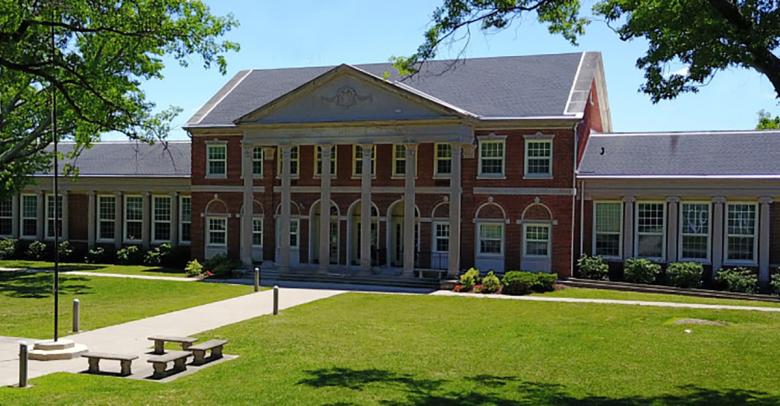
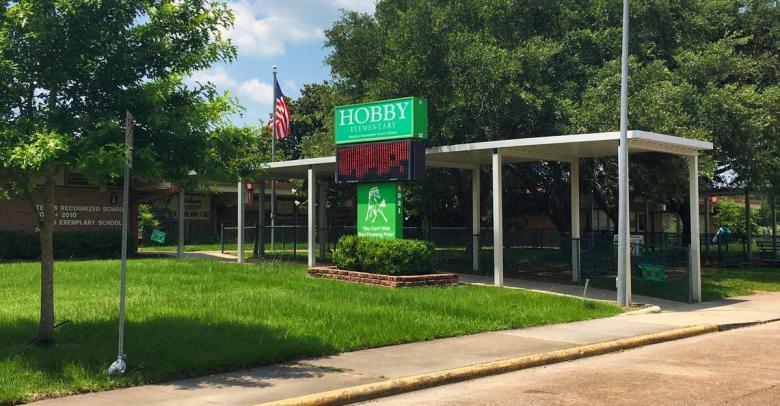
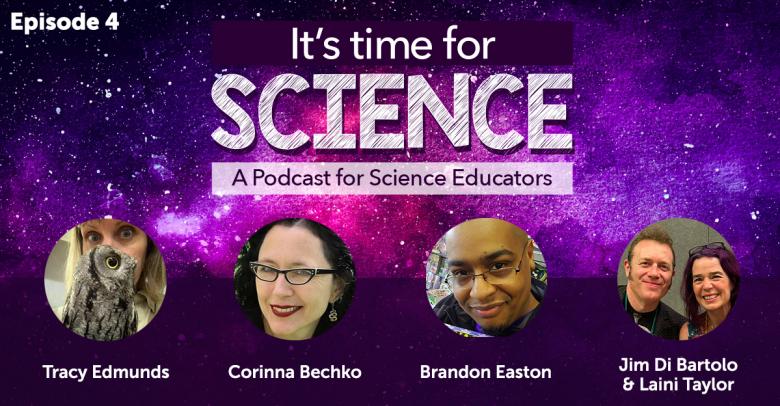
Leave a Reply